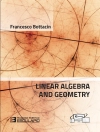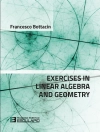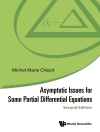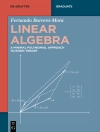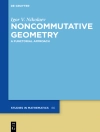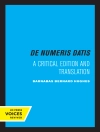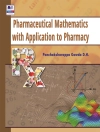In this book the author takes a pedagogic approach to Algebraic K-theory. He tried to find the shortest route possible, with complete details, to arrive at the homotopy approach of Quillen [Q] to Algebraic K-theory, with a simple goal to produce a self-contained and comprehensive pedagogic document in Algebraic K-theory, that is accessible to upper level graduate students. That is precisely what this book faithfully executes and achieves.
The contents of this book can be divided into three parts — (1) The main body (Chapters 2-8), (2) Epilogue Chapters (Chapters 9, 10, 11) and (3) the Background and preliminaries (Chapters A, B, C, 1). The main body deals with Quillen’s definition of K-theory and the K-theory of schemes. Chapters 2, 3, 5, 6, and 7 provide expositions of the paper of Quillen [Q], and chapter 4 is on agreement of Classical K-theory and Quillen K-theory. Chapter 8 is an exposition of the work of Swan [Sw1] on K-theory of quadrics.
The Epilogue chapters can be viewed as a natural progression of Quillen’s work and methods. These represent significant benchmarks and include Waldhausen K-theory, Negative K-theory, Hermitian K-theory, ????-theory spectra, Grothendieck-Witt theory spectra, Triangulated categories, Nori-Homotopy and its relationships with Chow-Witt obstructions for projective modules. In most cases, the proofs are improvisation of methods of Quillen [Q].
The background, preliminaries and tools needed in chapters 2-11, are developed in chapters A on Category Theory and Exact Categories, B on Homotopy, C on CW Complexes, and 1 on Simplicial Sets.
Contents:
- Simplicial Sets
- Classifying Spaces of Categories
- Quillen K-theory
- The Agreement with Classical K-theory
- K-theory of rings
- G-Theory of schemes
- K-theory of Projective Bundles
- Work of Swan on Quadric Hypersurfaces
- Epilogue: K-theory
- Epilogue: Hermitian K-theory
- Epilogue: Triangulated Categories
- Appendices:
- Category Theory and Exact Categories
- Homotopy Theory
- CW Complexes
Readership: Graduate students and researchers in Algebra.
Key Features:
- Currently, there is no book on Higher Algebraic K-theory that is suitable for non-experts. This book fills the vacuum
- The book is unique because it is the only readable book in the literature, for a upper level graduate student and a broader math community
- The book will serve as a major reference book which covers more than fifty years of slow developments
- The emphasis is on the complete details, precise definitions and complete proofs of all the materials leading up to Quillen K-theory and beyond; not just ‘surfing’





